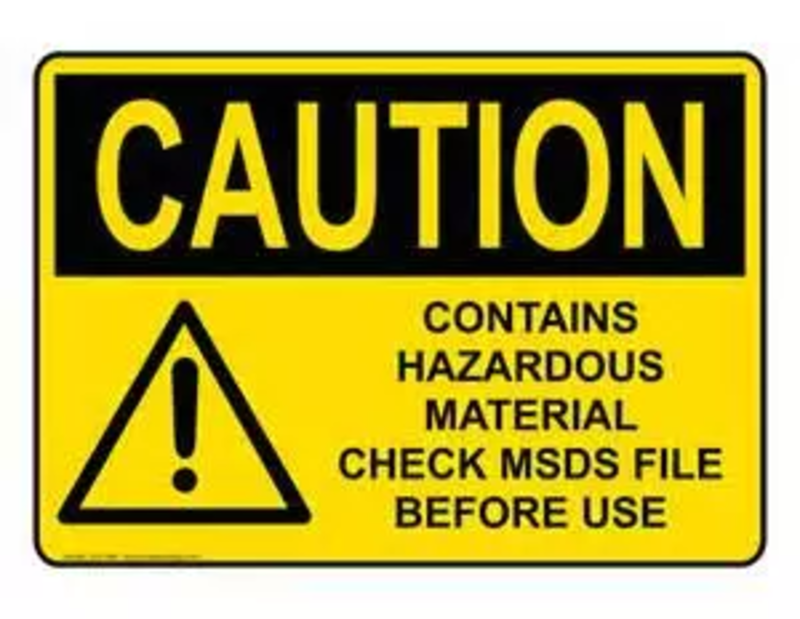The Global Harmonization Code

The Globally Harmonized System of Classification and Labeling of Chemicals (GHS) were designed to standardize the critically important method of shipping hazardous toxins throughout the world. Many countries have had their own regulatory system for classifying and labeling. However, what one country may classify a chemical as “somewhat toxic” another country may classify the same chemical as “very toxic.” And a third country may classify that very same chemical as “benign.” Chemicals involved in shipping include Physical Hazards – chemicals with explosive properties, flammables, oxidizers, corrosives and gases. Other types in include chemicals that are considered Health Hazards. They include chemicals that cause burns, effect breathing or those that lead to organ damage and cancer. And there are chemicals that can affect the environment. With each country developing their own classifications for these types of chemicals, it is easy to see how it is dangerous and virtually impossible it is for each country to be sure of how each chemical being imported to their country actually fits into their own standards. With this new Global system, each country that signs off to the program will have the same classifications for each and every chemical they import and export.
The idea for
this mandate was originally adopted in the 1992 United Nations Conference on
Environmental Development, often referred to as “The Earth Summit.” With the
help of the International Labor Organization, (ILU) it was determined that the
four primary systems that had to be harmonized were The U.N. transport
recommendations committee; The U.S. requirements for workplace, consumer and
pesticides; The European Union’s Dangerous Substance and Preparations
Directives and The Canadian Requirements
for Workplace, Consumer and Pesticides. In addition, requirements from other
countries around the world were also incorporated into the system.
Thus, there is now a framework in place that will most
certainly lead to fewer chemical accidents, a much improved system of
protection from workers all over the world and better communication between all
countries regarding chemical hazards. Employers working with chemicals within
their own factories that are not going to be involved in shipping are still
required to follow the new standard. They may use alternative labeling systems
such as those developed by the National Fire Protection Association.
Never-the-less the message on the label must still provide a similar message to
that of the GHS standard.
The time table
for the implementation of the new standard is as follows:
As of December 13 of 2013, all employers should have
started the training on the new chemical labels involved as well as the new
Safety Data Sheets format. By June 1 2015, all those involved In the
manufacture, distribution must be complying with the new standard. By December
1 of 2015 all shipping containers must be labeled following the new guidelines.
And by June 1, 2016, those employers using alternative labeling systems must
have already updated them to the new standard and have trained all those
involved who use them.
The goal now
is to get every single country in the world to follow the new standard.